Art World
So Who Is Helen Marten, UK’s Turner Prize-Winning Artist?
We explore the path of the 30-year-old wunderkind.
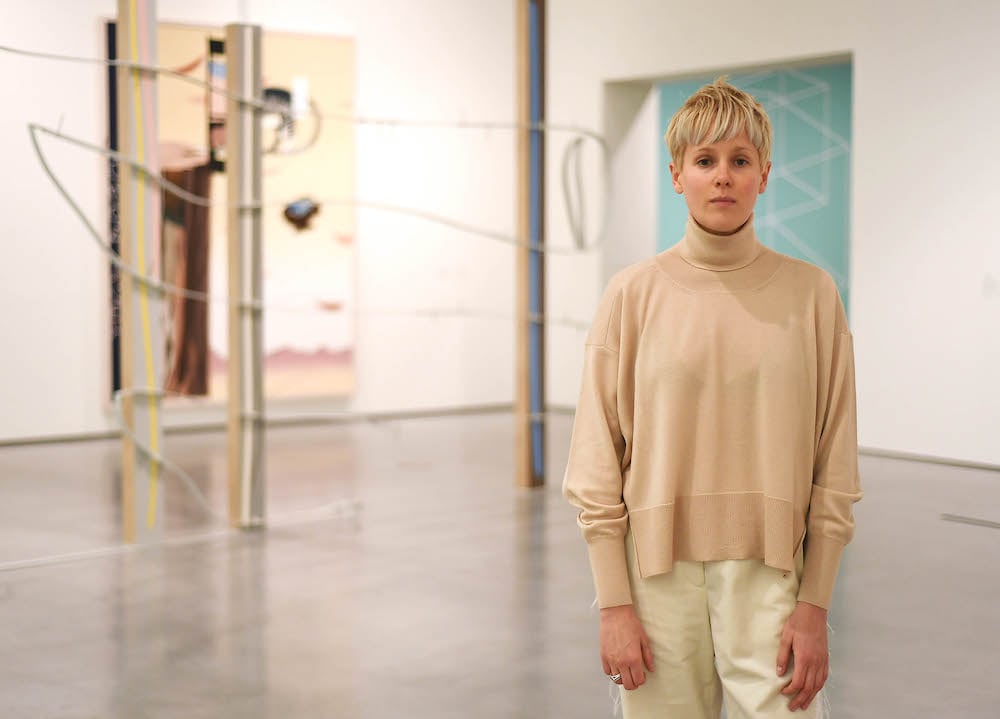
We explore the path of the 30-year-old wunderkind.

Lorena Muñoz-Alonso

Last night, UK’s top curators, dealers, and art writers sat around dinner tables installed in Tate Britain’s Duveen Galleries to witness the hotly-anticipated announcement of the 2016 Turner Prize winner.
After a moving introductory speech by Nicholas Serota—in what will probably be the last Turner Prize under his helm—in which he addressed the dangers of insularity brought about by Brexit, as well as art’s unique role in fostering openness, the British writer Ben Okri announced Helen Marten as the winner.
Marten looked visibly surprised, almost shocked, as she climbed the stage. The bashfulness couldn’t be due to lack of practice, less than three weeks ago, the artist also picked up the inaugural Hepworth Prize for Sculpture at the Hepworth Wakefield, which many saw as a foretelling sign that she would also win UK’s most coveted art prize.
Along with Michael Dean—whose presentation at Tate’s Turner Prize exhibition was perhaps the strongest—Marten was definitely this year’s darling, the odds stacked in her favor. Probably helpful too was the fact that Beatrix Ruf, the director of Amsterdam’s Stedelijk Museum and a staunch supporter of Marten’s work for the past five years, sat in the jury (Ruf gave Marten a career-making solo show at the Kunsthalle Zürich in 2012, when she was still the director there). Also in the jury was Simon Wallis, director of the Hepworth Wakefield—so that makes two powerful museum heads deeply acquainted with her work in the position to vote for her.
But who is this young artist, born in 1985 in Macclesfield, northern England, who’s achieved the pinnacle of her artistic career just two weeks shy of turning 31? And what’s behind her mighty rise to art stardom?
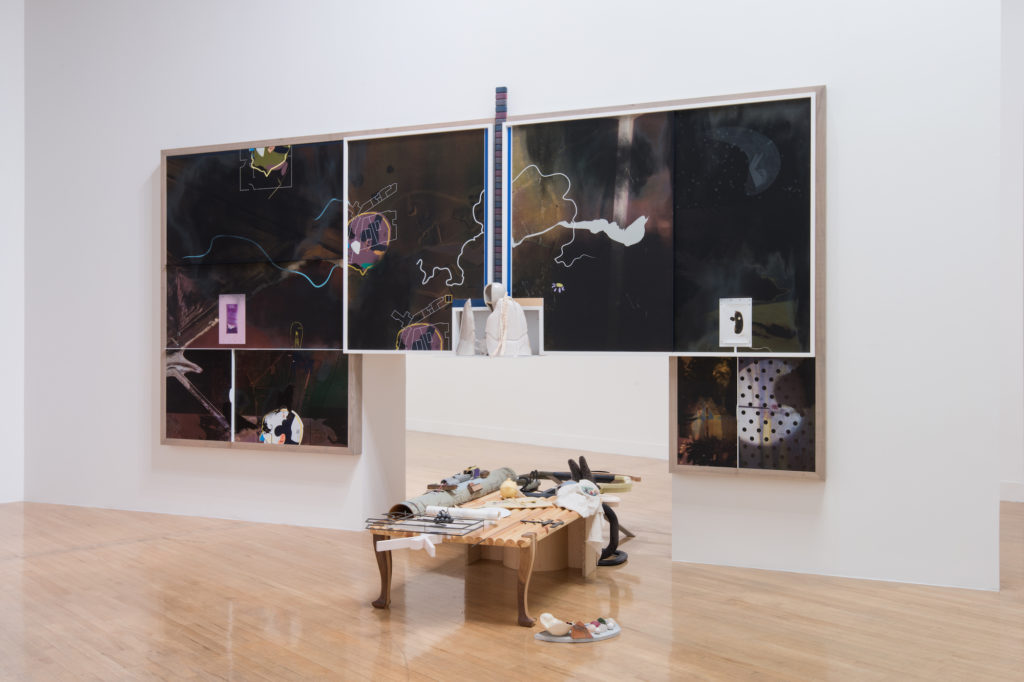
Installation view of Helen Marten’s exhibition at the Turner Prize 2016. Courtesy Joe Humphrys ©Tate Photography.
Despite her tremendous success and accompanying media profile, the extremely articulate and soft-spoken Marten remains somewhat of an enigma, much like her work, in which the profusion of visual elements doesn’t necessarily translate into clarity or meaning.
Some details from her budding art career, however, tell the story of a trajectory poised for success from very early on. After a stint at Central Saint Martins, in 2008 Marten graduated with a BFA from the reputed Ruskin School of Fine Art at the University of Oxford. In 2010, she staged her first solo show at T293 Gallery in Naples, one of the four blue-chip galleries that currently represent her work (Berlin’s König Galerie, London’s Sadie Coles, and New York’s Greene Naftali would follow soon after).
Her 2011 animation film Dust and Piranhas, screened during the summer Park Nights at the Serpentine that year, was widely praised in art media, placing her in a coterie of young artists exploring the sculptural possibilities afforded by CGI technologies, like Ed Atkins and Jordan Wolfson, with whom she shares representation by Sadie Coles (and briefly by T293 and König Galerie, before Wolfson returned to the US and signed with David Zwirner).
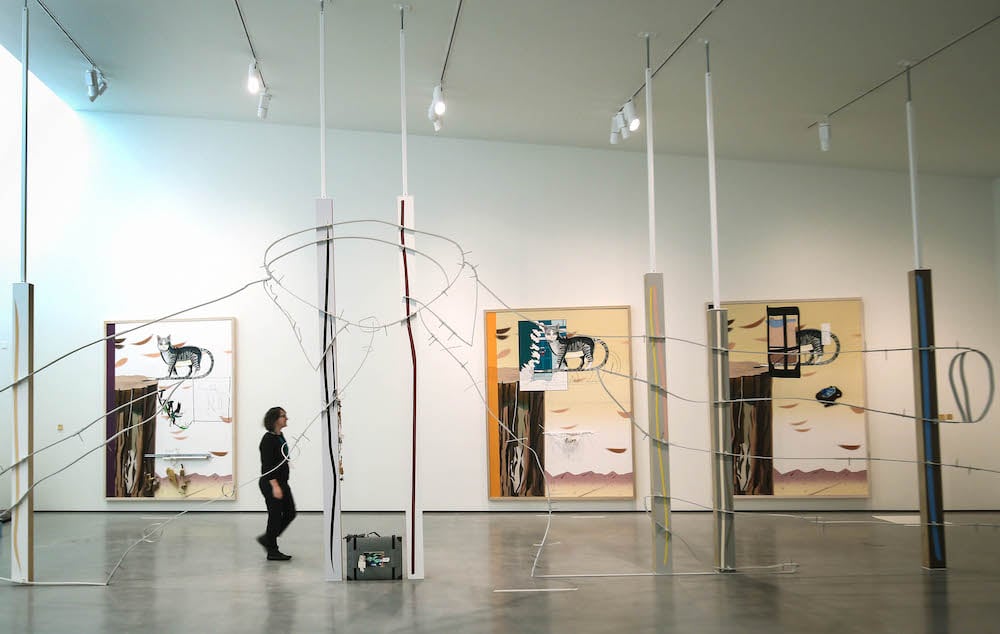
A visitor views a series of works by Helen Marten at The Hepworth Wakefield. Photo courtesy: Danny Lawson/PA Wire.
Marten, however, didn’t pursue digital animation much further, focusing her efforts on her painstakingly crafted sculptural assemblages that mix found and ready-made objects with purposely created ones—although distinguishing what’s what is often an impossible guessing game.
Meanwhile, 2012 turned out to be the year in which she became a household name in the art world. Solo exhibitions at key art institutions like Paris’ Palais de Tokyo and London’s Chisenhale Gallery followed the aforementioned show at Kunsthalle Zürich.
In 2013 and again in 2015, she was part of the International Exhibition of both the 55th and the 56th Venice Biennales—the first one, successfully curated by Massimiliano Gioni, and the second one, the slightly-less-acclaimed attempt of Okwui Enwezor.
Yet, it was her participation at Enwezor’s exhibition, alongside with her first solo show at Greene Naftali earlier this year, that earned her Turner Prize nomination.
The opening of the Turner Prize’s exhibition at Tate Britain coincided with a phenomenal solo show at the Serpentine Gallery (a much better representation of the ambition and scope of her work than the meager version at Tate), followed by the Hepworth Prize group show at the the Hepworth Wakefield. So, unless you’ve been living under a rock, you’re bound to have either encountered Marten’s work in these past months or at least seen a string of coverage about it.
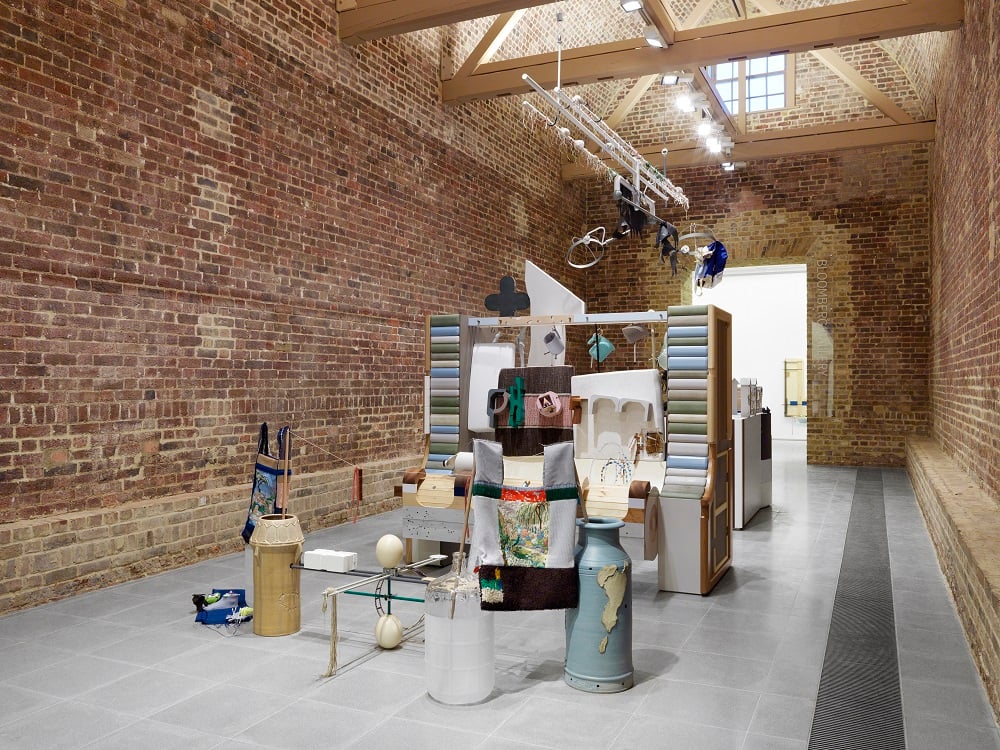
Helen Marten, Drunk Brown House (Installation View, Serpentine Sackler Gallery, 2016). Photo ©Annik Wetter.
Regardless of the artist’s unquestionable talent and hard work, might this “2016 Marten-mania” have been too much? Perhaps, and especially for her. It’s better for artists, surely, to achieve recognition in a more gradual manner, to have time to process and maximize these exhibition opportunities, and to be able to take time off to work on their art, away from the public eye, market demands, and media profiles.
But we know this is the way the cookie crumbles in the contemporary art world, an industry in which youth is the hottest commodity there is and where longevity is never assured, despite the continuous quality of the work, seeing as there’s always someone younger ready to take the spotlight.
I have the feeling that Marten is clever enough to realize this and play her cards wisely. Or at least I hope so, because her art seems to be incredibly urgent to her (as true art should) and to come from the right place, and because she doesn’t seem to be taking all this commercial and critical success for granted.
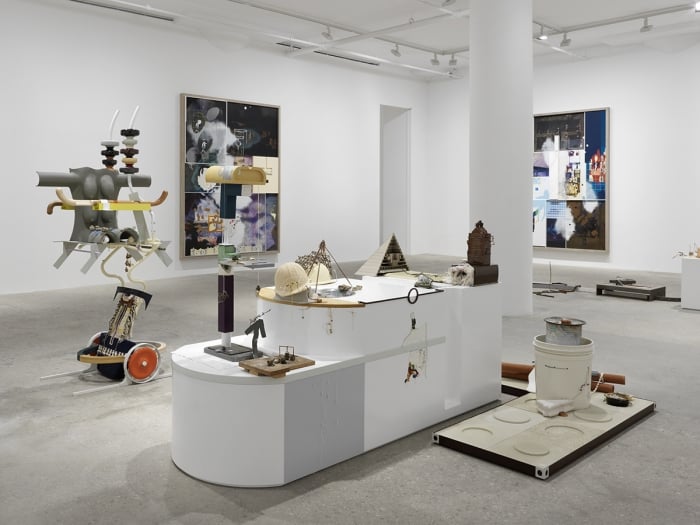
Installation view of works by Helen Marten. Courtesy of Greene Naftali.
In that line, when the artist received the Hepworth award in November, she pledged to share the £30,000 cash prize with her fellow nominees Phyllida Barlow, Steven Claydon, and David Medalla. “I’m lucky enough to be here and to be given a visible and audible platform to be doing what I’m doing, and the fact that I’m supported by an enormously generous infrastructure of other artists, critics, curators, galleries, is enough for me,” she said then, keenly aware of her privileged position as an artist.
Last night, according to the BBC, Marten also vowed to share the £25,000 cash prize with her shortlisted colleagues Michael Dean, Anthea Hamilton, and Josephine Pryde. In her speech, slowed down by emotion, she also talked about privilege, this time referring to the one experienced by those working in the arts, an environment that, despite its many problems, embraces diversity like few others. And this, in our current politically frightening times, is perhaps the best lesson we can take from this.